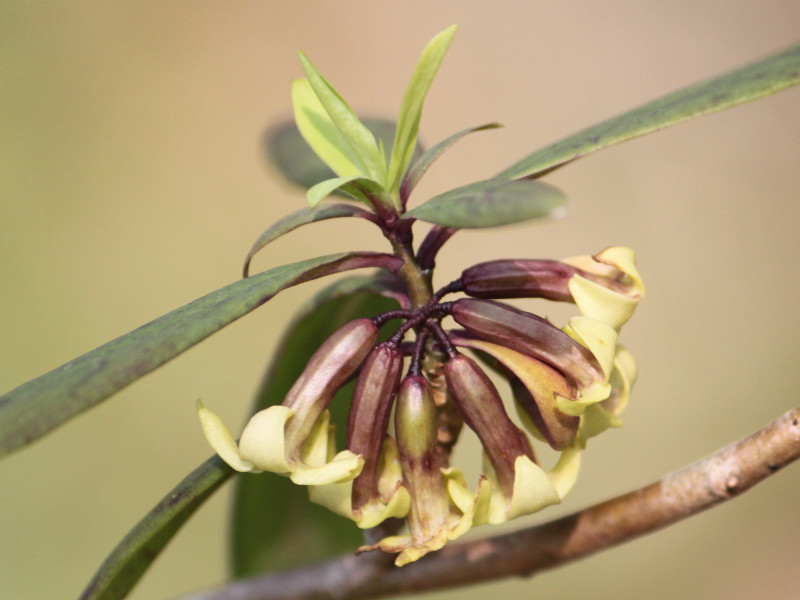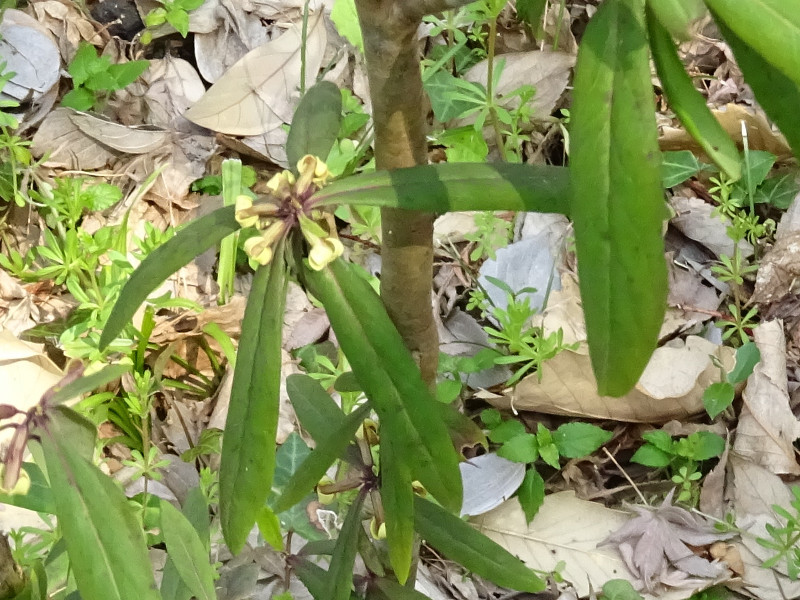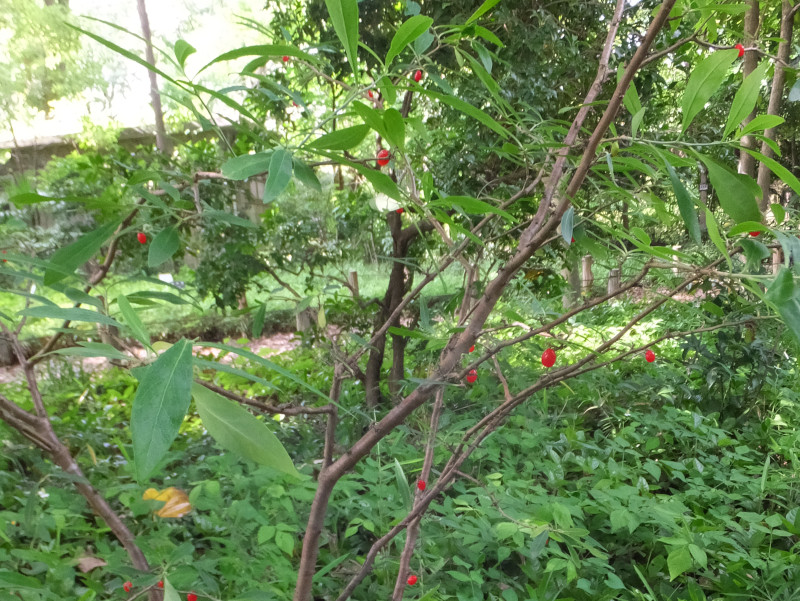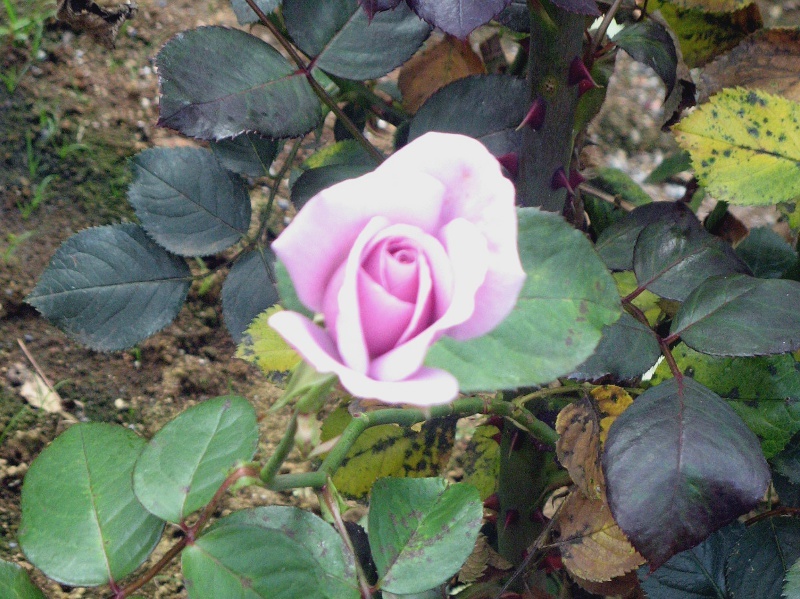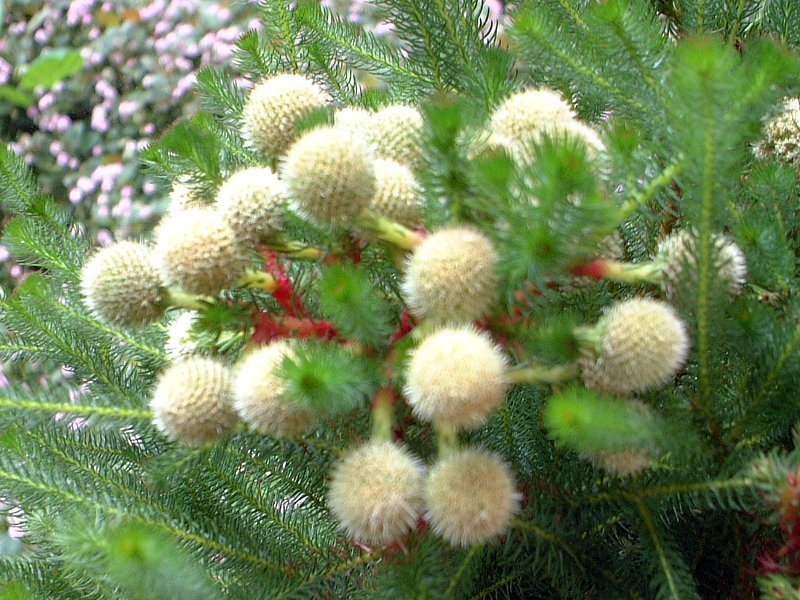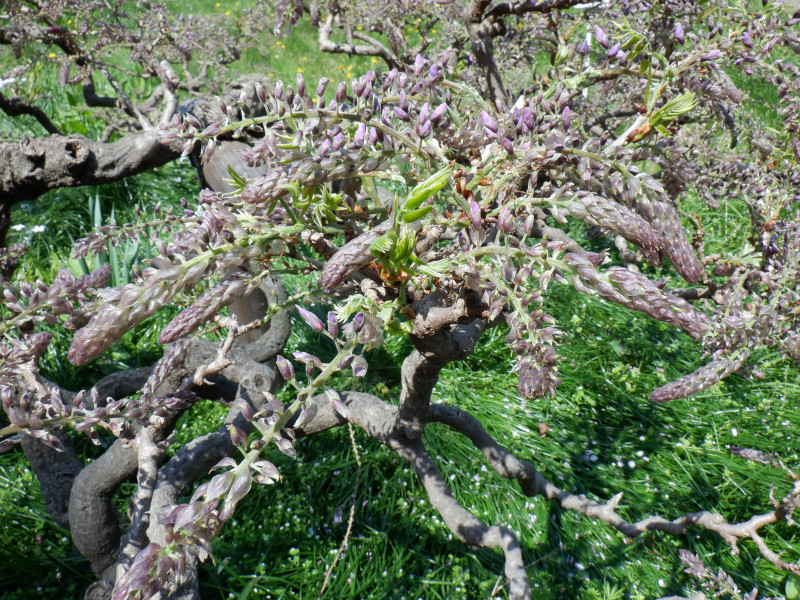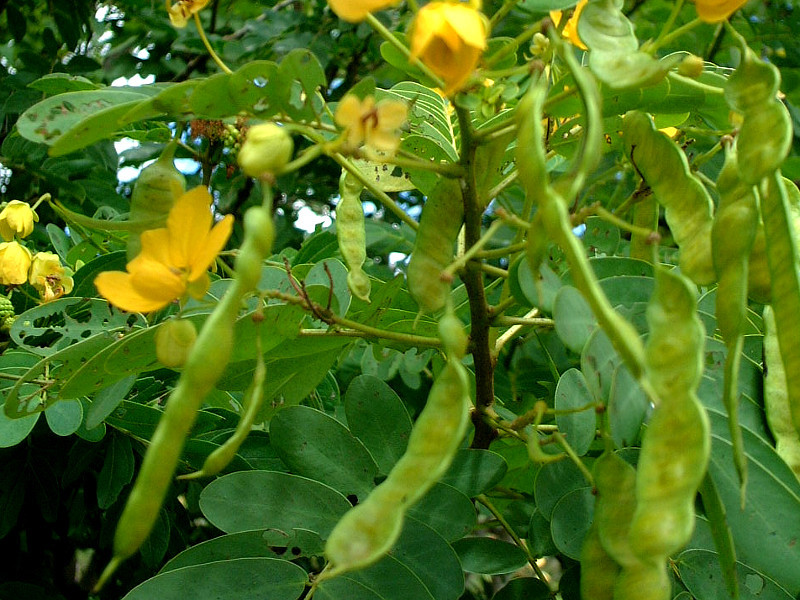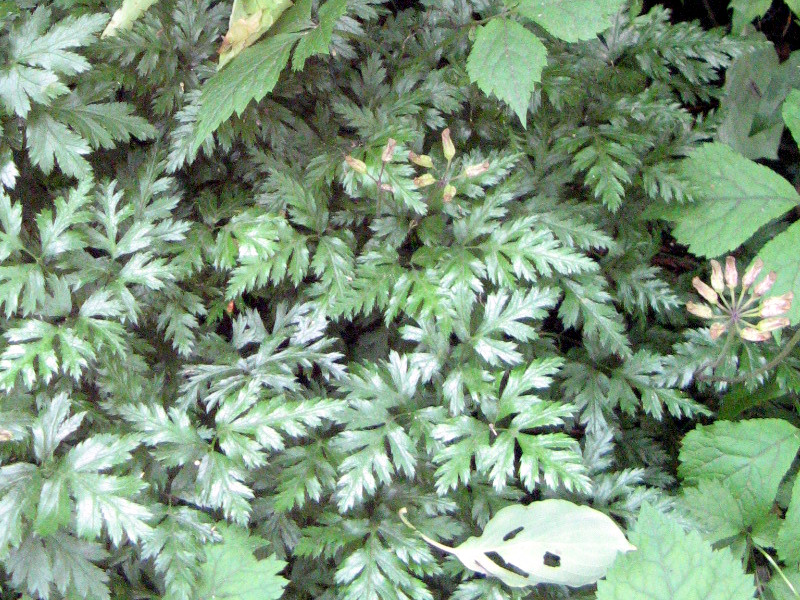Onishibari
- Flower nameOnishibari
- Scientific nameDaphne pseudomezereu
- Alias鬼縛り, ナツボウズ, 夏坊主
- Place of originJapan
- Place of floweringLow mountains
- Flowering seasonFebruary, March, April
What is Onishibari
Onishibari , scientific name:Daphne pseudomezereum, is a summer deciduous small shrub of the Daphne genus , Thymelaeaceae department native to Japan. The origin of the name depends on the bark is tough and can't even demons. Because the leaves in the summer also called NAT bows (summer shaved). New leaves will fall. It is a dioecious. Winter-and needled Chartreuse flower axils in spring and bloom. What looks like a four-valve flowers is the calyx is 4 fracture was in fact.
Generic name: Onishibari , scientific name:Daphne pseudomezereum, also known as: Natsubouz (summer shaved), Origin: Japan, and distribution: Japan's southern Tohoku-Kyushu, environment: under the tree, living type: summer deciduous small trees, height: bark: light gray-Brown with 80-100 cm, high strength, leaf quality: thin, soft, and both sides are hairless, leaf shape: lanceolate fall, phyllotaxis: branch to bunch produces alternate, Leaf margin: entire, deciduous period: July-August, dioecious inflorescences form: short spikes of flowers or in what looks like a location out of the flower head, flower: axil, female: 1 pistil, male: 8 stamens, petals: no flowers, calyx, jaw shape: cylindrical Tip 4 cracking the flowering period: February to April, flower color: Chartreuse, Sepals: 8 mm, with flower: 10-20 wheels needled the fruiting period: 6 months, fruits, berries, fruit diameter: 0.8 cm, fruit color: red, fruits: toxic.
